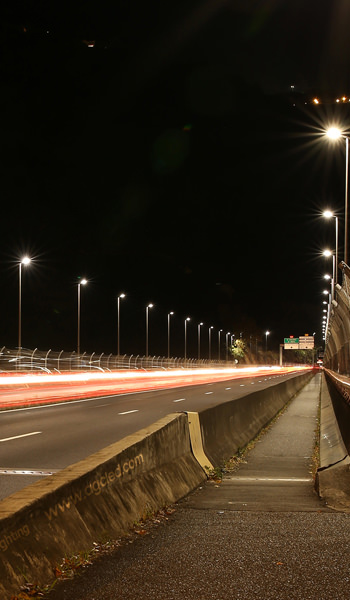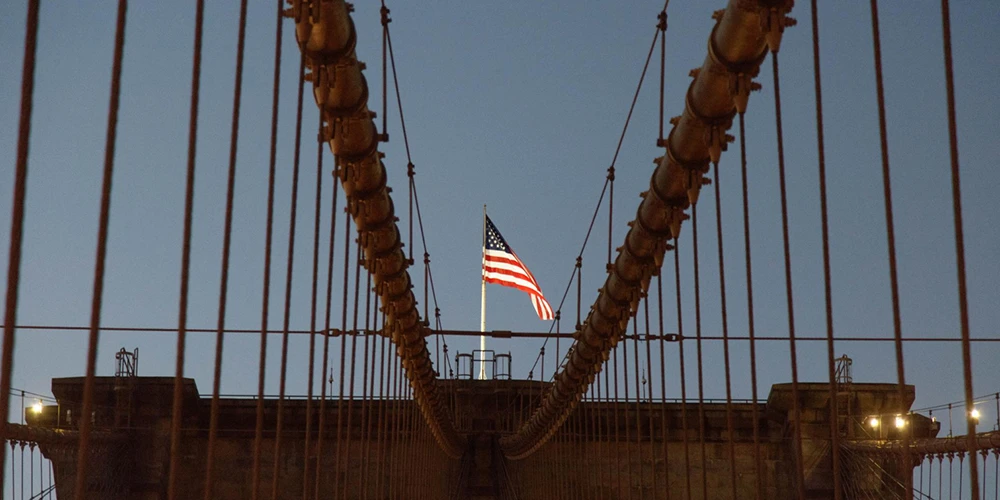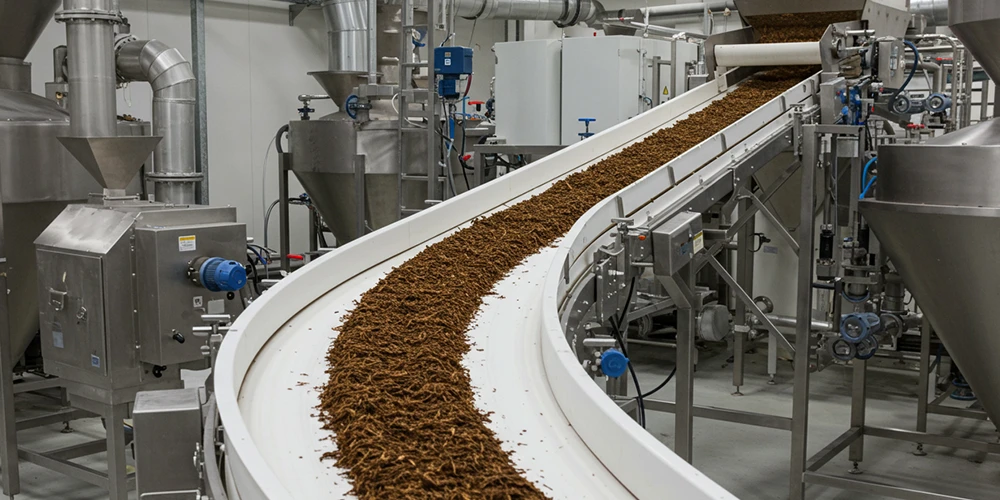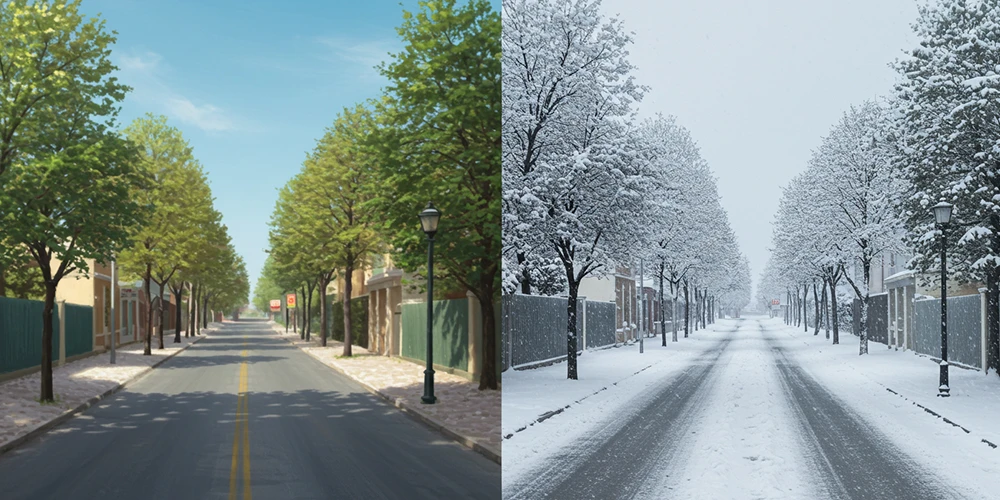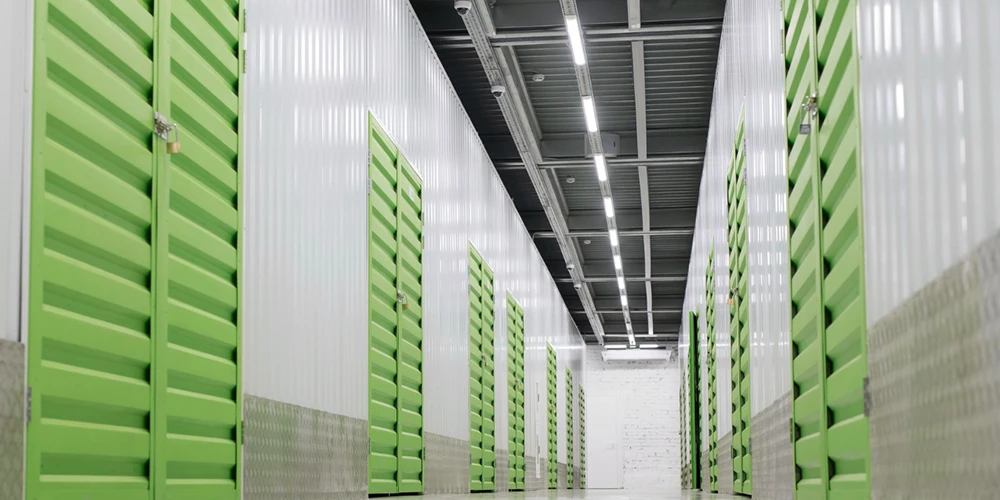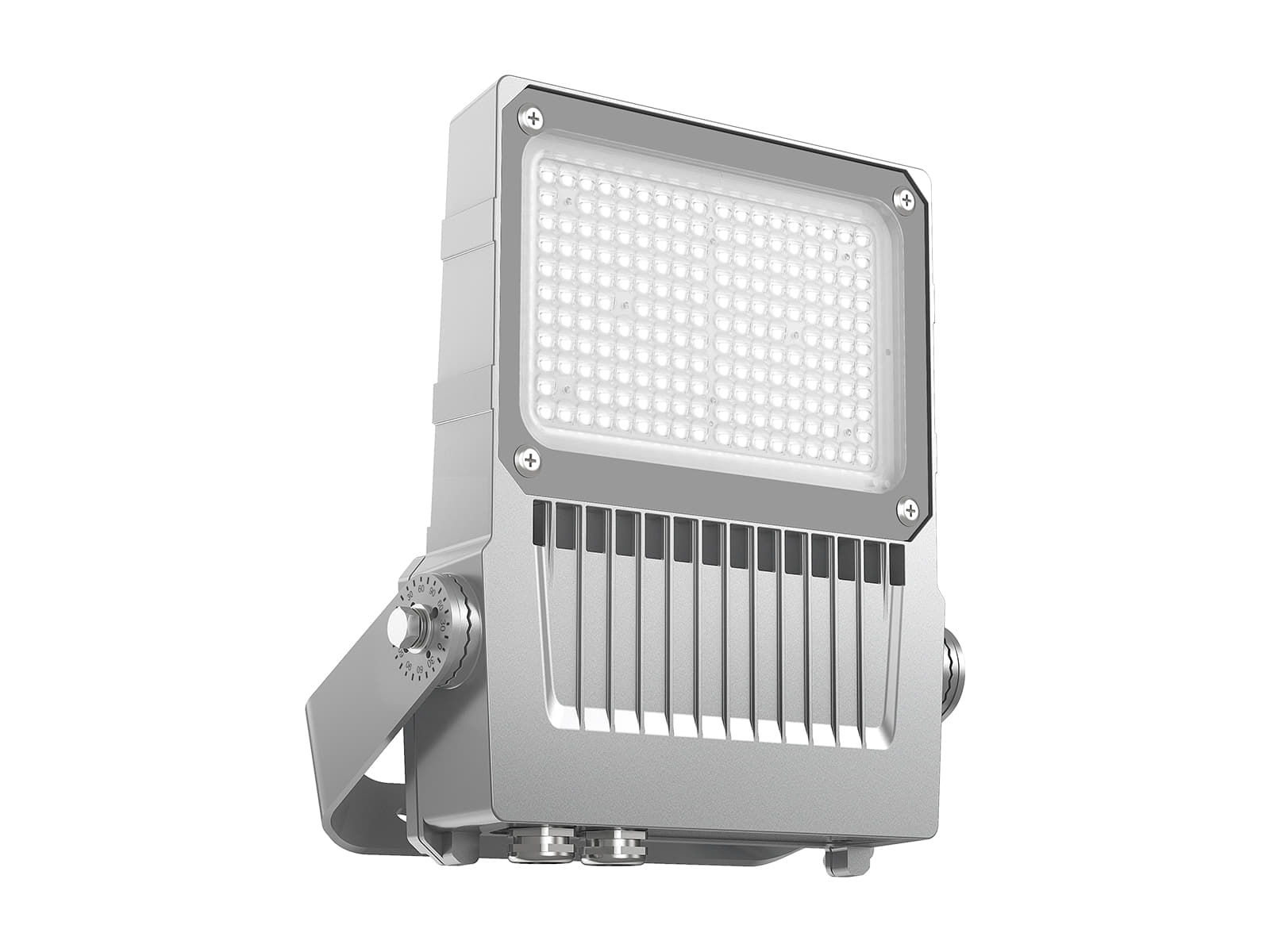Strong winds pose a serious safety risk for outdoor lighting. For example, in November 2023, high winds knocked over a light pole at Disneyland, injuring three people. In March 2024, powerful winds swept through southern Nevada, leaving downed trees and toppled light poles.
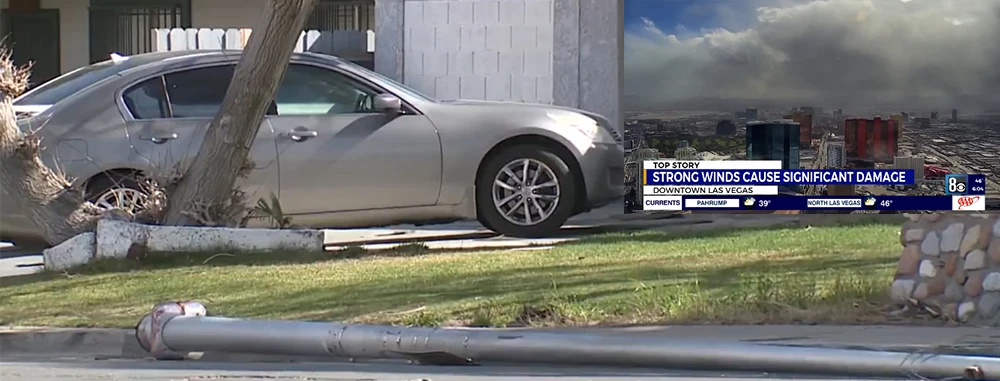
These highlight that outdoor lighting must be designed to withstand high wind forces to remain safe and secure. This is where wind load, the pressure wind puts on the object, comes into play. Considering wind load during the design and installation of outdoor lighting is essential to prevent accidents, protect property, and ensure public safety.
What is Wind Load and Why Does It Matter
Wind load is the force exerted by wind on a structure. When you're walking in a strong wind and it feels like it's pushing you forward, that's wind load in action.
High winds put significant pressure on lighting structures, potentially causing instability, swaying, or even collapse, as previous incidents have demonstrated.
In the lighting industry, engineers carefully calculate wind load to ensure that lighting fixtures and poles are designed to withstand maximum expected wind conditions in their specific environments. This consideration is especially critical in coastal or high-altitude areas, where wind speeds can reach extreme levels.
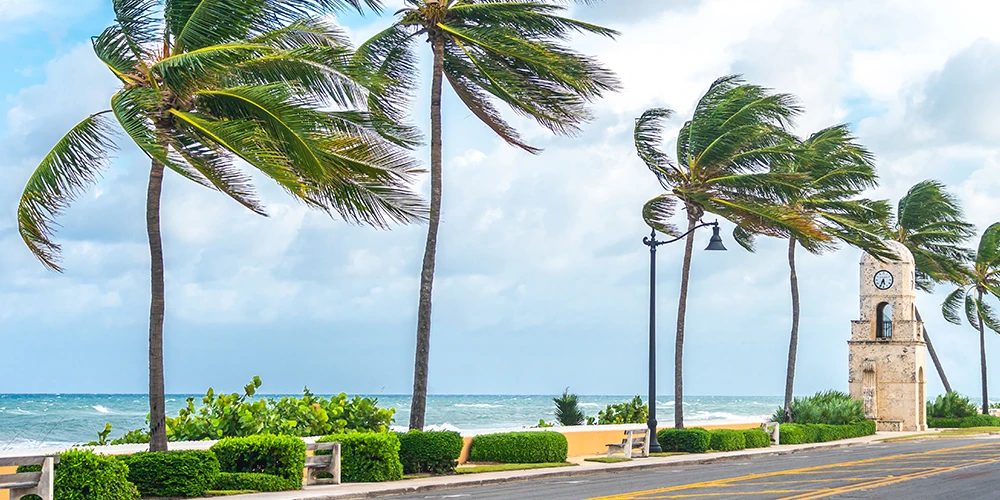
How to Calculate Wind Load
When wind impacts an object, it generates multiple forces, including uplift, lateral load, and drag:
- Uplift: Wind pressure can create upward forces, potentially lifting rooftops or other structures.
- Lateral Load: Wind exerts horizontal forces, pushing objects sideways.
- Drag: Wind resistance generates drag forces that oppose the movement of a structure.
Typically, we focus on calculating drag force—the resistance a lighting fixture faces when exposed to wind, which can lead to structural damage. Here’s the formula for calculating wind load (drag force):
Drag Force = ½ × ρ × V² × EPA
ρ (Air Density): Air density varies based on atmospheric pressure, temperature, and humidity. Colder, denser air increases drag forces, while warmer, less dense air reduces them. Air density also decreases with altitude.
V (Wind Speed): Wind speed has a significant impact on drag force, with higher speeds exerting greater force. Lighting fixtures in high-wind areas, such as coastal regions, need to be designed to withstand greater forces. To assist, the American Society of Civil Engineers provides a wind speed map for the United States.
EPA (Effective Projected Area): EPA represents the total surface area of a structure exposed to wind. It accounts for the shape, size, and orientation of lighting fixtures attached to poles.
Key Considerations for Wind-Resistant Outdoor Lighting Design
Designing outdoor lighting to withstand wind forces is crucial for both safety and durability. Since environmental factors like wind speed and air density are beyond our control, we focus on two main strategies to ensure that outdoor lighting systems remain stable and secure: wind resistance of fixtures and pole stability and strength.
SCx: Windage Area or Drag Area for Wind Resistance
When calculating wind resistance for outdoor lighting fixtures, one critical factor is SCx, also known as the windage area or drag area. SCx represents the surface area of an object exposed to wind forces and is a product of two values: S and Cx.
S (Projected Area): This is the area of the fixture, as viewed from the direction of the wind. Essentially, it’s the silhouette of the fixture that the wind "sees."
Cx (Aerodynamic Drag Coefficient): Cx is a dimensionless number representing an object’s resistance to movement through the air. (Cx also known as Cd in British terminology). Cx varies based on shape and quantifies how streamlined or resistant an object is to wind. The drag coefficient must usually be determined experimentally. However, typical values are available for common fixture shapes to estimate Cx in the worst case.
A sphere, for example, typically has a Cx of 0.47, while a cube’s Cx is around 1.05. Lower Cx values indicate more streamlined shapes with reduced wind resistance.

SCx quantifies a fixture’s overall wind resistance, considering both shape and size. In outdoor lighting design, the goal is to minimize SCx to reduce wind load. Streamlined, compact fixtures with low SCx values are ideal, as they offer less wind resistance.
For example, our round flood lights for sports lighting are designed with a streamlined round shape and compact size, which helps lower their windage area and enhance wind resistance.

EPA, Effective Projected Area, Determines the Mounting Requirements
To ensure that poles can effectively support lighting fixtures during strong winds, it's crucial to consider the Effective Projected Area (EPA). EPA quantifies the wind force that a fixture exerts on mounting structures at a specific wind speed. This metric plays a vital role in determining the structural requirements necessary for securely mounting luminaires, thereby ensuring they can withstand varying wind loads.
The EPA is calculated using the following formula:
EPA = FPA × Cd
FPA (Frontal Projected Area): FPA refers to the maximum cross-sectional area of the fixture and its mounting as viewed from the direction of the wind. It represents the silhouette that the wind "sees".
Cd (Drag Coefficient): Cd is a dimensionless value that indicates how resistant an object is to motion through the air. It varies based on the fixture's shape and design.
You might find the EPA is very similar to SCx (windage area). While both EPA and SCx consider the size and shape of the fixture, EPA specifically focuses on the maximum frontal projected area. Different surfaces of a fixture—the top, front, and sides—present varying areas to the wind. The FPA reflects the largest surface area exposed to wind forces. That is why the FPA of some fixtures is taken as the front sectional area, while the other is taken as the side cross-sectional area.
In outdoor lighting design, accounting for wind loads is essential for safety and durability. By utilizing the EPA in calculations, designers can ensure that mounting structures are appropriately sized and constructed to resist the forces exerted by high winds.
For example, here is the EPA of SP01 LED flood light:

EPA considers worst-case scenarios during the design phase allowing for a margin of safety, ensuring that even in the most challenging conditions, the lighting system remains operational and secure. This not only protects the fixtures and poles but also enhances safety for pedestrians and vehicles in the vicinity.

